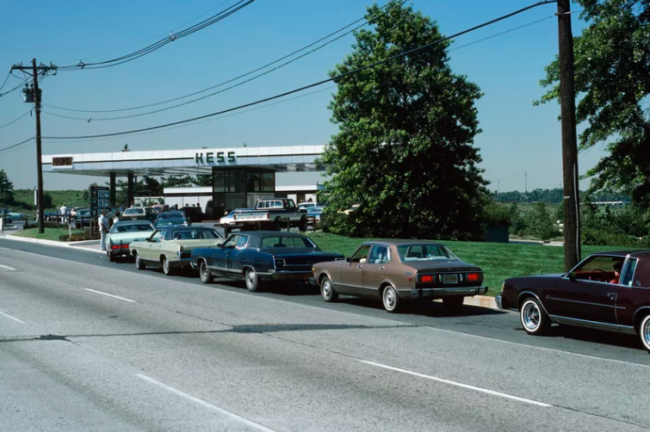Will gas lines return?
Recent geopolitical events have driven the price of gasoline sky high–again! As of this writing it is difficult to say where this will all lead. What is known is that the cost of all things related to petroleum have significantly increased and may go even higher.
According to the U.S. Department of Energy, in addition to transportation and heating, oil and gas are used in over 6,000 everyday products. In other words, their use is pervasive in all societies and economies.
As a response to the oil shock of 1973, in 1975 the Energy Policy and Conservation Act (EPCA) developed the Strategic Petroleum Reserve (SPR). According to the DOE, as of December 2021 the current inventory was approximately 600 million barrels of crude oil. It is designed to be a buffer or in digital terms a cache in case of disruption or other requirements.
Furthermore, according to the U.S. Energy Information Administration (EIA), in 2021 the US consumed approximately 20 million barrels of oil per day. Assuming Russia exports 8% or approximately 1.6 million barrels (including refined products) per day to the US, this shortfall can be replaced with SDR withdraws as well as increases from both domestic producers and other exporters.
What Do We Do Now?
Oil and Gas are commodities and are therefore subject to the same Supply and Demand processes inherent to that segment. Other examples include, gold, cattle, pork bellies and orange juice, etc.
Today’s global markets perceive that the demand for gasoline is higher than the available supply. Therefore, sellers can command higher prices.
The apparent supply can be brought into balance with demand in two fundamental ways. First, and easiest is to cut back on consumption, i.e., work from home, carpool, mass transit, etc.
Second, which will take some time is for domestic production to increase. ‘Small’ increases from trading partners and domestic operators (along with government regulatory assistance) will add up as well.
One of the worst things that can happen is hording. Think back to the great Toilet Paper hording in the early days of Covid-19. It was unlikely that the daily demand for bathroom tissue suddenly increased.
In effect, households ‘held’ the inventory (instead of stores) until it was worked down. Manufacturers did not increase production albeit retailers began to ration individual purchases.
The gas lines of the 1970s were also an example of hording. Once the Odd and Even license plate model went into effect, they dissipated almost immediately.
We need NOT go through this experience again! We all have the tools necessary to change that narrative and not relive history.
Dealing With the Issue
For almost two decades we have modeled large scale economic procurement initiatives, both in the public and private sectors. Attempts to attain 25% or more in value from initiatives are almost always destined to fail. On the other hand, finding small components of economic value across a number of processes and departments can easily exceed pronouncements of singular, overall great value to be obtained.
For example if several areas each find 2-5% of value opportunities, 25% can be quickly exceeded. This works for large and small organizations. It can work for individual households too. One need not find the Silver Bullet or make Herculean efforts to overcome difficult challenges.
Where Can You Find Eight One-Percent Opportunities to Decrease Your Petroleum Footprint?
For More Information
Please note, RRI does not endorse or advocate the links to any third-party materials. They are provided for education and entertainment only.
Photo Source: NPR
For more information on Cross Cultural Engagement, check out our Cross Cultural Serious Game. You can contact this author as well.

